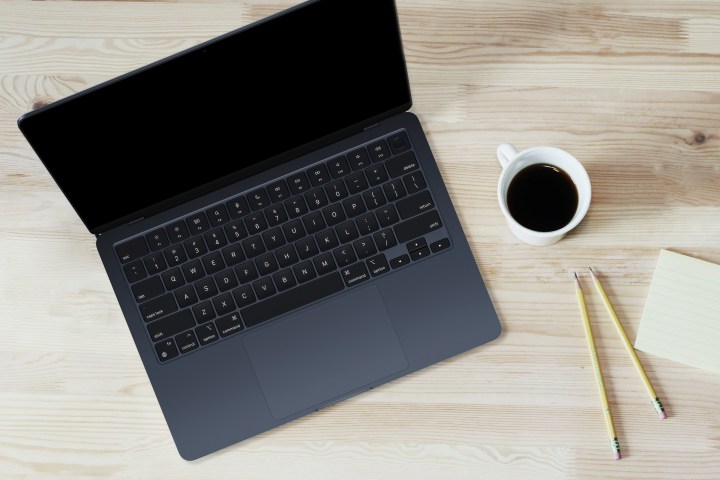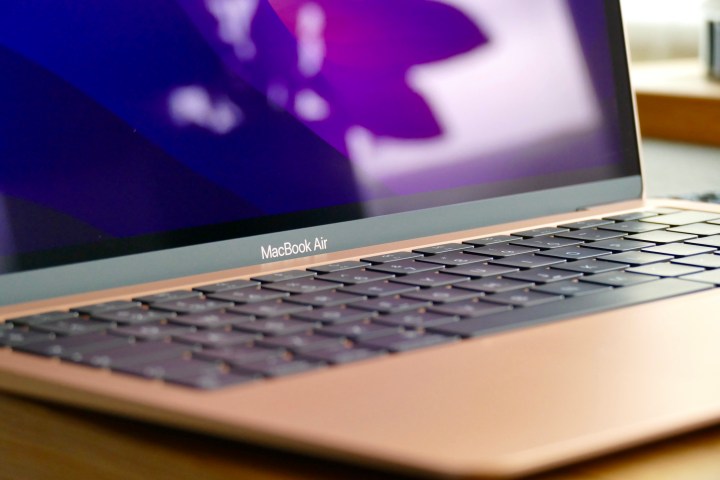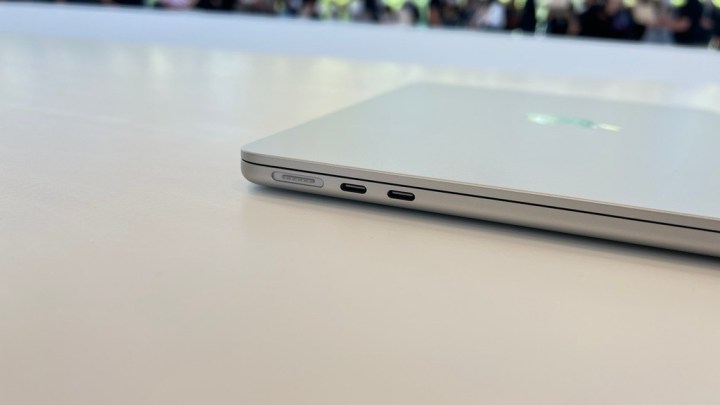The new M2 MacBook Air isn’t yet available to purchase, but you’ve probably already heard the chorus of opinions about why the older M1 MacBook Air is a better purchase.
“It’s fast enough for most people,” they will say. “Why would you need anything more?”
And as fair as those statements are, the reality of just how good this new M2 MacBook Air appears to be has been drowned out. There is certainly a demographic for the older model, but people are getting hung up on the branding more than the laptop itself.
The MacBook ‘Air’

Price is often quoted as the M2 MacBook Air’s biggest problem. At $1,199, it’s $200 more expensive than the M1 MacBook Air — and probably even more considering how often the M1 is on sale. That knee-jerk reaction is understandable, especially since we’re used to products in the same line replacing the previous models at no extra charge.
But the M2 MacBook Air is far from just a yearly upgrade over the previous model. It’s a complete reboot of the MacBook Air, especially in how it looks and feels. The changes may not be as drastic as some of the leaks were saying before the announcement — but even as is, it shares very little in common with the M1 MacBook Air. You might even say that it doesn’t make much sense to even call it a “MacBook Air.”
I’m not about to say Apple hasn’t made a bit of a disaster of its MacBook line. Having three distinct products within $300 of each other is very strange, especially when all three seem to be targeting a similar demographic. It’s the main reason so many people are writing off the M2 MacBook Air.
But get beyond the name for a moment, and you’ll see there’s a lot more on offer here than just a standard update.
It’s beyond time for an upgrade

As I said, the M1 MacBook Air is beloved for its value proposition. But when you consider the physical laptop itself, it’s not exactly looker. It comes from a different era of Mac design. The chassis itself hails from 2018, known then as the Retina MacBook Air. At the time, it was an enormous leap ahead from the iconic MacBook Airs that it succeeded. The thinness of the chassis was staggering, as were the shrunken bezels and move to USB-C.
In 2022, it’s quite the opposite. It looks downright old school compared to the new M2 MacBook Air. The new Air drops the thickness to just 0.44 inches thick, which is among the thinnest laptops you can buy. And though I haven’t handled the device myself just yet, I won’t be surprised to find that it has excellent build quality despite its size.
The MacBook Air also fixes the thick bezels, which gives you a sleeker look but also a slightly larger screen. It measures 13.6 inches diagonally, giving you more usable screen space for whatever you’re doing. That comes with a notch, yes, but it’s a fair trade-off in my book.
Of course, the M2 MacBook Air also ditches the wedge shape of the old Air. Given how many laptops have copied the wedge look over the years, it’s become a bit stale. The flat, ultrathin design of the M2 MacBook Air trades that for something simpler and more modern.
It’s more than just the industrial design though. The new model also upgrades the screen, the speakers, and the webcam — bringing them up to par with what we expect out of modern Apple products. Those things alone are worth the $200 in my view, especially if you spend a lot of time on video calls.
A new era for Mac design

But most importantly, this design is actually built around the efficiency benefits of the M1 and M2 chips. In that sense, it really is the first MacBook Air to take advantage of the extreme efficiency of Apple Silicon. That’s what allows it to be this thin, remain fanless, and not give up any of the performance.
A similar thing happened with the 24-inch iMac when it was redesigned in 2021. By using a more efficient, mobile-style chip (and a far smaller logic board), Apple was able to completely reimagine the design and internal structure of that product. With the iMac, Apple went as far as nestling the entirety of the “computer” into the bottom chin of the display. Like the design or not, it’s the M1 that allowed Apple to try something new with the design and make the device considerably slimmer.
The M2 MacBook Air is no different, and it’ll likely become the basis for the MacBook Airs of the next few years. The M2 might not end up being that big of a performance upgrade over the M1, but it doesn’t really need to be. As many people have stated (including myself), the M1 was more than enough performance for the target audience of this laptop.
But having a design that actually makes use of that chip? That’s what the new MacBook Air is all about — and it’s what makes it an intriguing alternative to the M1 MacBook Air. I’ll know for sure once I review it myself, but for now, I know which of the MacBooks in this price range I’d pick.


